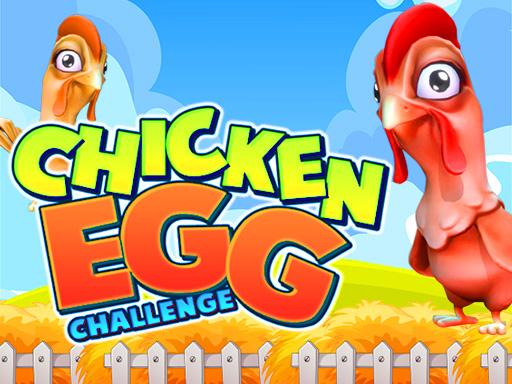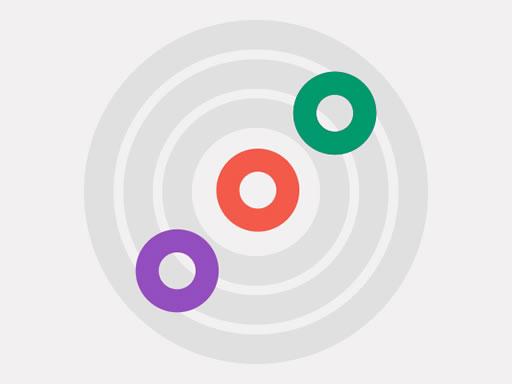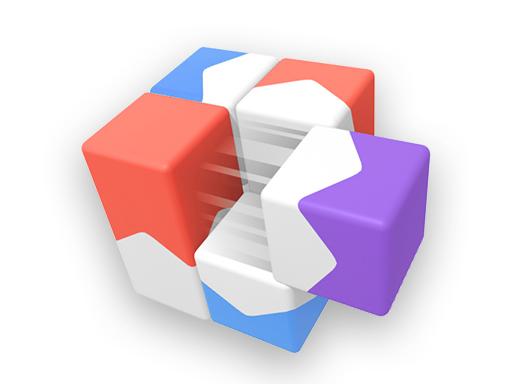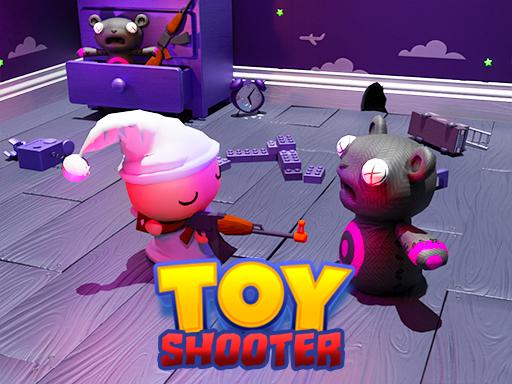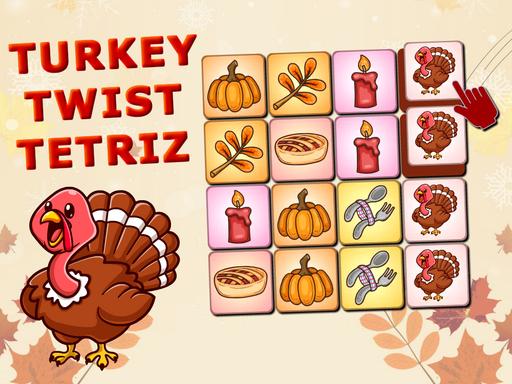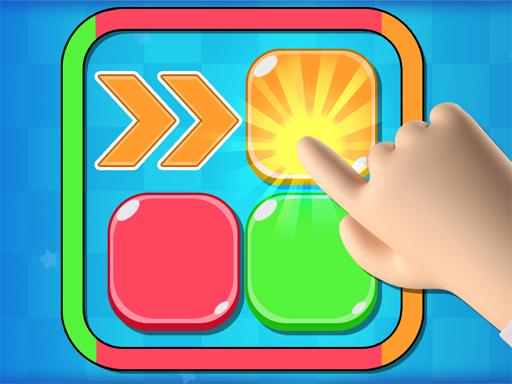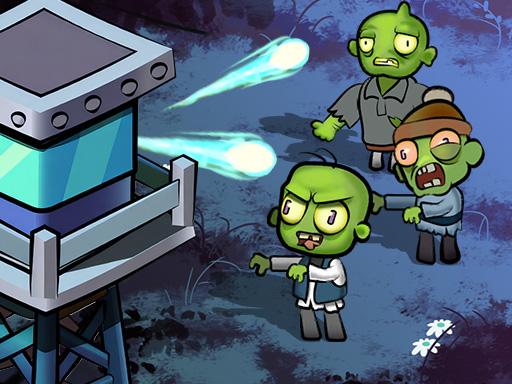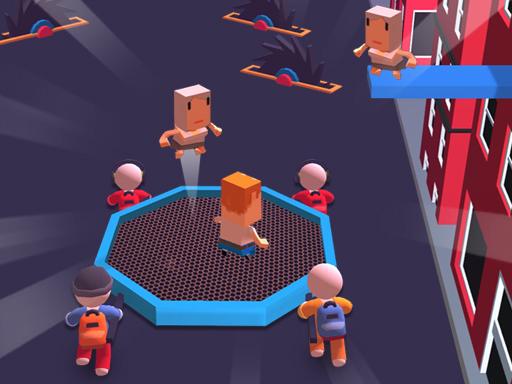Introduction and How to Play “That’s Not My Neighbor”
That’s Not My Neighbor is a fun and quirky online puzzle game that combines elements of pattern recognition, observation, and memory. The game challenges players to identify key differences and similarities between various neighborhood characters and their unique features. Through different levels, players are tasked with comparing characters to spot the one that stands out. It’s a lighthearted game that tests your attention to detail, making it ideal for casual gamers looking for something fun and engaging.
The game’s premise revolves around a set of quirky characters, each with their own distinctive features and personalities. Your goal is to find the “correct” neighbor among a group of characters who share similar appearances. With each level, the challenge increases as new features are added, requiring even sharper observation skills to distinguish between the neighbors.
Overview of That’s Not My Neighbor
In That’s Not My Neighbor, players are presented with several characters (often portrayed as neighborhood figures) that look alike at first glance. As the game progresses, you need to spot specific differences or determine which character doesn’t belong. This could involve finding the odd one out based on details like clothing, accessories, or facial features. The challenge increases as new neighbors are introduced, and the gameplay becomes more intricate with more distractions and differences to focus on.
Each level has a set time limit in which players must make their selection, adding a layer of pressure and excitement. The game is visually colorful and cartoonish, making it accessible for players of all ages. The whimsical style and friendly characters contribute to the light, enjoyable atmosphere of the game.
Key Features of That’s Not My Neighbor
Here are some of the features that make That’s Not My Neighbor an enjoyable game:
- Fun, Quirky Gameplay
The main mechanic involves comparing characters to identify the one that doesn’t match. This is a classic puzzle-style mechanic that’s easy to learn but becomes progressively more challenging as you advance through levels. - Colorful and Cartoonish Visuals
The game features bright, vibrant graphics that make it visually appealing. The characters are designed in a cartoonish style, with exaggerated features and fun outfits, which adds to the game’s lighthearted vibe. - Multiple Levels of Increasing Difficulty
Each level presents new challenges, as the differences between characters become more subtle or complex. At first, the characters are almost identical, but over time, the variations may involve smaller details that require more attention and concentration. - Timed Challenges
The game adds an element of excitement by imposing a time limit on each level. You have to find the mismatched neighbor before the time runs out, which adds pressure and makes the game more intense. - Simple Controls
The controls in That’s Not My Neighbor are very simple. You click on the character that stands out or doesn’t match. The game is easy to pick up for anyone, making it great for casual gamers or people looking for a quick game to play during their free time. - Engaging and Relaxing Puzzle Experience
While the game involves challenges, it doesn’t have the intense difficulty of more competitive games. Instead, it’s a relaxing experience that offers a satisfying sense of accomplishment when you identify the correct neighbor. - Suitable for All Ages
The game’s cartoonish graphics and simple mechanics make it ideal for players of all ages, from young children to adults. It’s a perfect family game or something to enjoy when you just need to unwind.
How to Play That’s Not My Neighbor
Here’s a step-by-step guide to help you get started with That’s Not My Neighbor:
- Start the Game
Upon launching the game, you’ll be greeted with a main menu where you can select to begin a new game or continue from where you left off. If you’re new, it’s a good idea to start from the first level to familiarize yourself with the game mechanics. - Observe the Characters
Each level will present you with several characters. At first glance, they may seem identical. Your job is to observe each one closely and identify which character does not belong. It could be because of something subtle, like a different shirt color, a unique accessory, or a different facial expression. - Make Your Selection
Once you spot the odd character, click on it. If you’re correct, you’ll move on to the next level. If you’re wrong, you’ll have to try again until you get the right answer. Each incorrect guess may deduct points or time, depending on the game’s rules. - Progress Through Levels
As you complete levels, the game becomes progressively harder. New characters and more complex features are introduced, making it more challenging to spot the differences. Be sure to pay attention to the finer details as you progress. - Time Limit
In some versions of the game, each level will have a countdown timer. Make sure you make your decisions quickly, as running out of time may result in losing the level and having to restart. - Earn Rewards
For each correct answer, you may earn points or unlock new characters. These rewards make the game more engaging and give you something to work toward as you advance through the levels. - Replay for Better Scores
If you make a mistake or want to improve your time, you can replay levels to try and achieve a higher score. The faster you can identify the odd character, the better your performance and score will be.
Tips and Strategies for Playing That’s Not My Neighbor
To get the most out of That’s Not My Neighbor, consider the following tips:
- Pay Attention to Small Details
As the game progresses, the differences between characters may become more subtle. Make sure to look for small changes in clothing, accessories, or facial features. - Don’t Rush
While the game has a time limit, it’s important to carefully examine each character before making your decision. Rushing may lead you to make mistakes, especially in more complex levels. - Take Your Time at the Start
In the earlier levels, take your time to really study the characters. This will help you get a feel for how the game works and develop a keen eye for identifying differences. - Look for Patterns
Many of the levels follow a pattern in terms of the types of differences that occur. For example, one character may consistently have a different hat or shoes. Recognizing these patterns can help you progress faster. - Focus on the Environment
Sometimes the characters are positioned in environments that give clues about the differences. Pay attention to the background or any additional details in the scene that might indicate which character doesn’t belong.
Benefits of Playing That’s Not My Neighbor
That’s Not My Neighbor offers a variety of benefits for players:
- Improves Observation Skills: The game enhances your ability to observe small details and spot differences, which can be helpful in other aspects of life as well.
- Boosts Memory: The game challenges you to remember character traits and details from level to level, which improves short-term memory and focus.
- Relaxing Gameplay: It’s a great game for winding down and relaxing, as it doesn’t require intense concentration or competition.
- Fun for All Ages: The simple mechanics and engaging puzzle-solving nature make it a perfect game for players of all ages.
Final Thoughts
That’s Not My Neighbor is a delightful puzzle game that offers engaging, observational gameplay suitable for players of all ages. It’s easy to pick up and play, but the increasing complexity of the levels keeps it fresh and challenging. Whether you’re looking to improve your attention to detail or just need a fun game to play, That’s Not My Neighbor offers an enjoyable experience with plenty of quirky characters and fun challenges. So, get ready to find the odd one out and prove your observation skills!
Instructions
Mouse click or tap to play

Join Blocks 2048 Number Puzzle
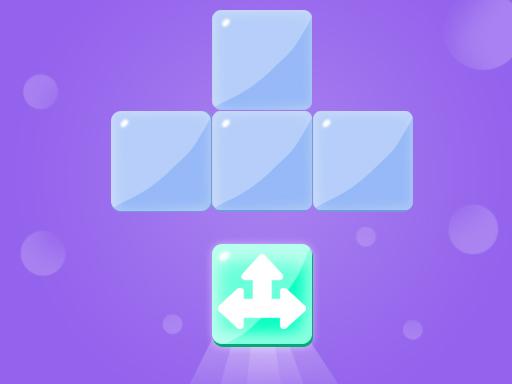
Fill Up Block Logic Puzzle
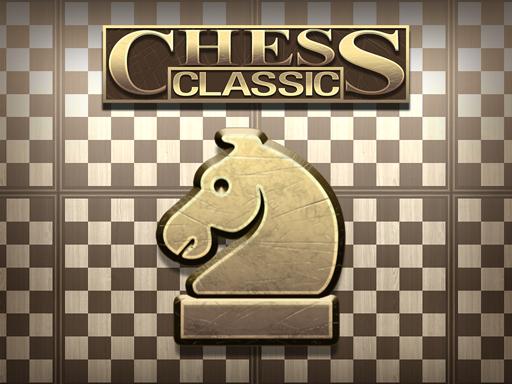
Chess Classic
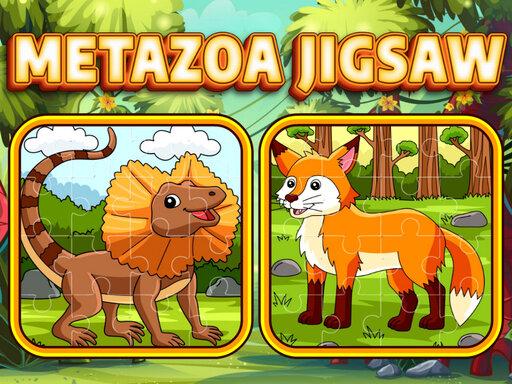
Metazoa Jigsaw
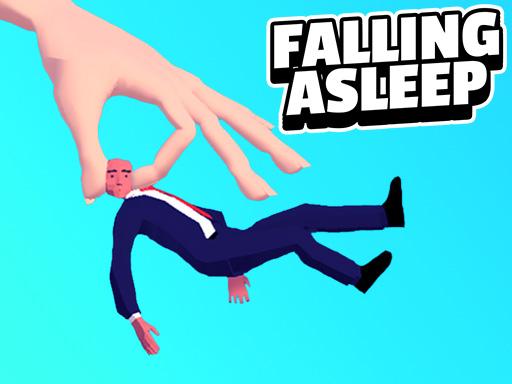
Falling Asleep – Weird & Fun Game

Rolling Blocks
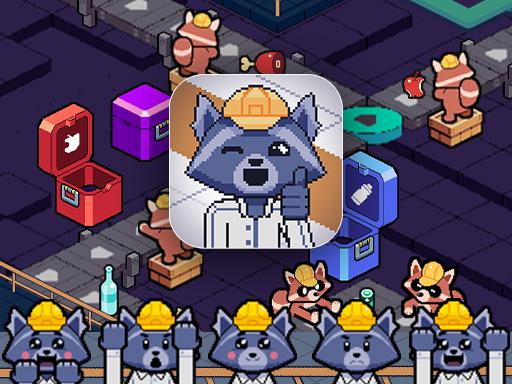
Trash Factory

Type Sprint
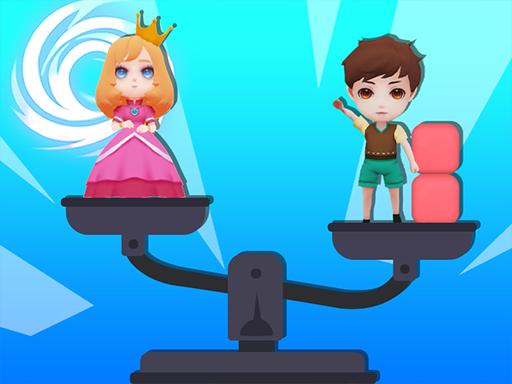
Save The Beauty
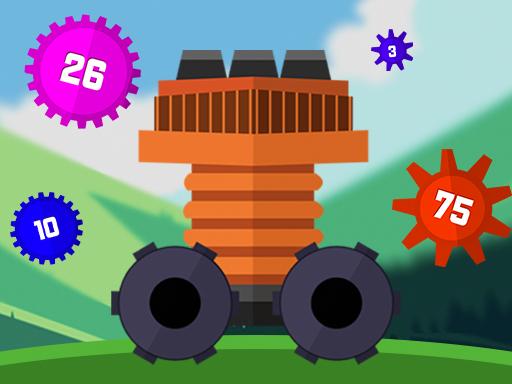
Blast The Ball
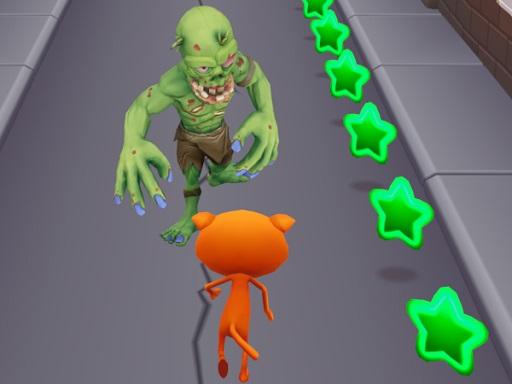
Angry Cat Run Zombies Alley
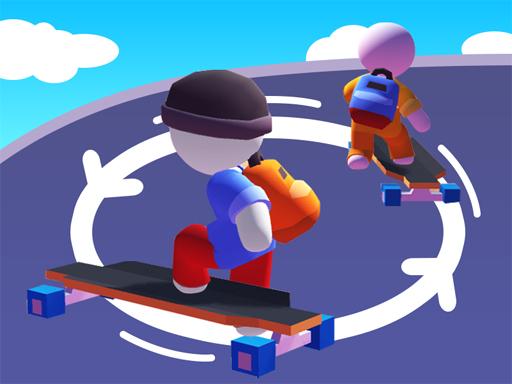
Flip Skater Rush 3D
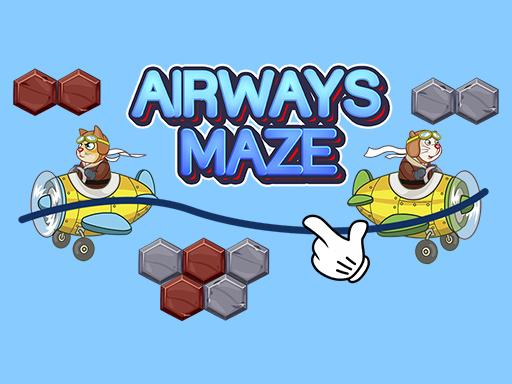
Airways Maze
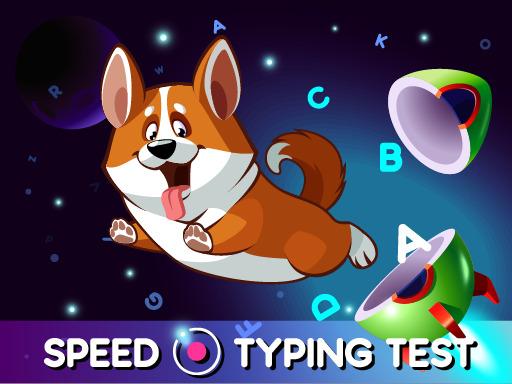
Speed Typing Test

ChaseRace eSport Strategy Racing Game

Burnout Drift
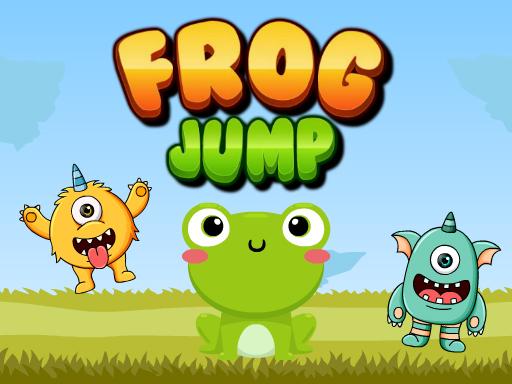
Frog Jump
